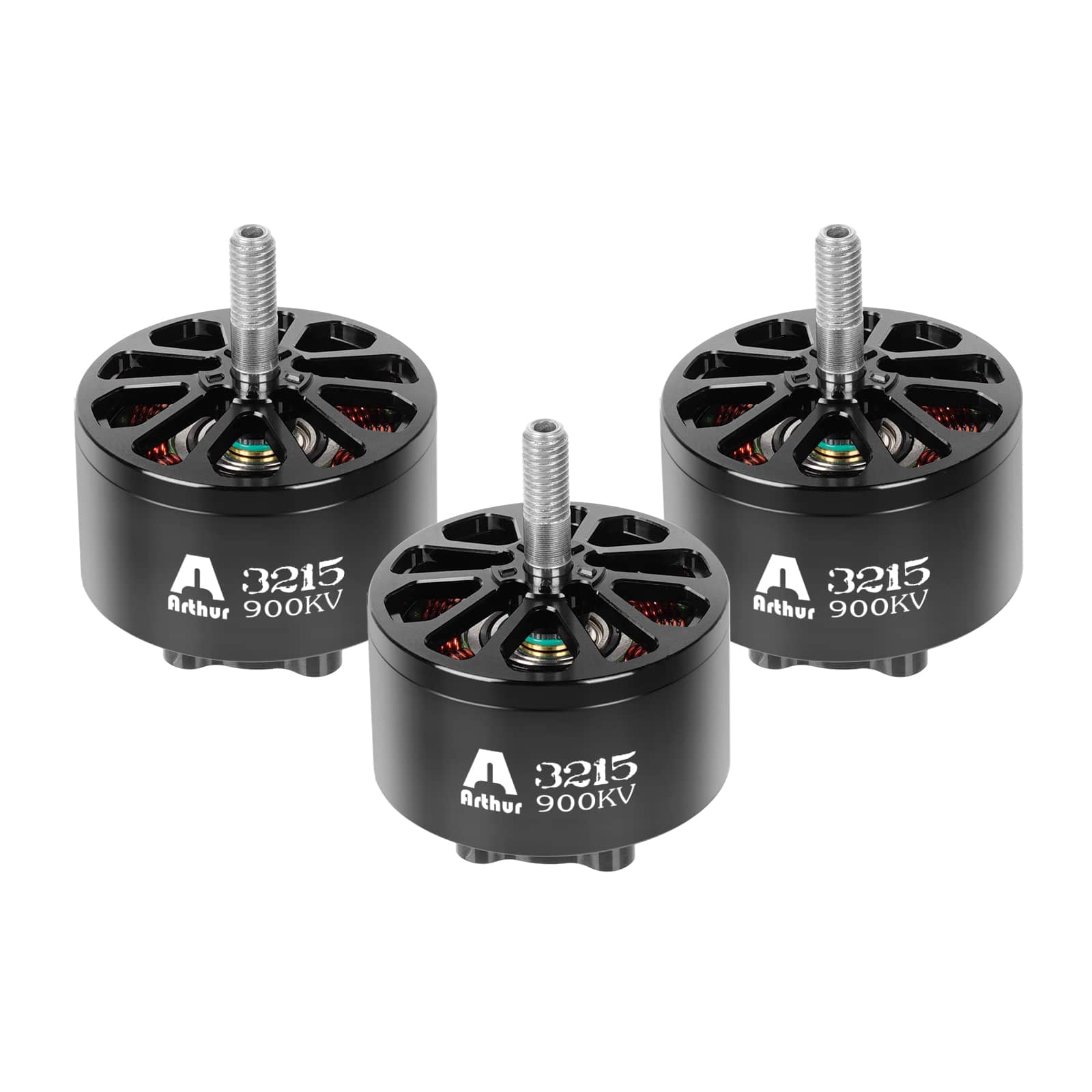What is the difference between a brushed motor and a brushless motor?
2025-04-18
With the continuous advancement of science and technology and the increasing maturity of motor technology, motors, as an important source of power for modern industry and life, have a wide variety of types and their own characteristics. Among them, brushed motors and brushless motors are the two mainstream types, each with its own unique application scenarios and performance characteristics. This article will make a detailed comparison and analysis of brushed motors and brushless motors from the two aspects of structure and working principle.
1. Structural differences
As the name suggests, a brushed motor contains a brush device inside. This device is mainly composed of carbon brushes, commutators (also called armatures), and brush holders. As the two contacts of the motor power supply, the carbon brushes contact and rub against the commutator, thereby introducing or extracting voltage and current. There are windings on the rotor of the brushed motor, which form a magnetic field after power is applied, interact with the magnetic poles on the stator, generate torque, and rotate the motor.
The brushless motor cancels the traditional brush device and adopts electronic commutation technology instead. The rotor of the brushless motor is usually made of permanent magnet material, and there are multi-pole windings on the stator. In order to detect the rotor position, a position sensor is also installed inside the brushless motor. In addition, the brushless motor also needs to be equipped with an electronic speed regulator (ESR) to achieve precise speed and torque control.
2. Comparison of working principles
The working principle of the brushed motor is relatively simple. When the motor is working, the coil and commutator rotate, while the magnet and carbon brush remain stationary. By changing the contact position of the brush and the commutator, the direction of the stator and rotor pole angle can be changed, thereby changing the direction of rotation of the motor. At the same time, by adjusting the current of the brush, the speed and torque of the motor can be controlled.
The working principle of the brushless motor is more complicated. It uses electronic commutation technology, detects the rotor position through a position sensor, controls the on and off of the power electronic devices in the electronic speed regulator, and thus realizes the commutation of the stator winding current. This commutation method not only realizes the continuous rotation of the rotor, but also enables the motor to have higher operating efficiency and a wider speed regulation range.





